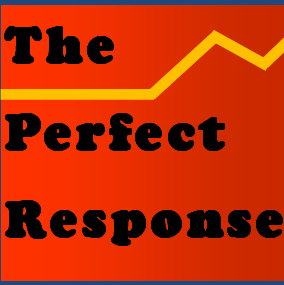Sometimes we can’t help but be part of an interaction pattern that can turn toxic.
Interactions with others can be hard to reduce to formulas. But there are forms of interaction that can be identified readily, one of which is a pattern of exchange sometimes known as “teaming.” We can often find it in groups, where most of the individuals know each other. As the seminal sociologist Erving Goffman noted, teams are several people who work to create a shared “definition of a situation,” “performing” a point of view that emerges as distinct from the view held by a holdout. This happens by accident or design, usually when one person in a group of three or four people is singled out and seemingly out of step. Those in agreement emerge as an ad hoc “team” that identifies and usually attempts to change the non-compliant individual. We have probably been on both sides of this equation in the long trajectory of our interactions, sometimes as part of a team, and sometimes as the outsider.
Friendship can protect us against teaming.
Bullying can be one form of this. It’s easy to imagine school days when it seemed like even friends took sides in a one-against-the-rest series of transactions. The apparent unanimity of those engaging in this kind of “micro-aggression” are encouraged by their numbers; agreement with others can easily become comfortable. By contrast, the person who is the object of the challenge may still hold fast to their view, but with probably with less comfort and a degree of isolation. Friendship obviously provides some protection. The implicit compact with make with friends is that they will be considerate and loyal, mostly avoiding conversational space that might open up and feed a feeling of abandonment.
We can imagine a scenario of a group of teens, who can so easily construct and destruct personal identity over the simplest of choices. Perhaps the scene is where three want to go on an amusement park ride that terrifies a fourth. Pressing the holdout rather than accepting their fears is a form of teaming. No wonder adolescence is likely to produce our first efforts to protect our sense of self from others. I suspect this is why many young males find themselves to be their own best company. They have yet to figure out how to deal with being provoked into unwanted conformity.
Teaming is an ongoing sport in office politics. The stakes surrounding a proposed course of action may seem bigger. Egos can easily align with a given outcome. And it is common practice to abandon the idea of a common approach to a problem that may leave at least one apparent holdout. Maybe those in the team have good reasons to hold fast. But to the holdout, the exchange can look like duplicity. The resulting feeling of betrayal is a predictable workplace complaint that some members of families are likely to share at the end of the day.
An effective leader may step in before teaming makes a decision or attitude look like a binary choice. Their goal may be to help the holdout save face. Even better, and on an important decision, the leader may take a page from Quaker doctrine and withhold a final decision until everyone can comfortably endorse. Negotiating differences always sounds good, but may not be possible, especially if an office bully is after a firm “win.”
This dynamic of interaction is relatively obvious. But the idea is useful for two reasons. First, having a name for it helps us see it. Only then—which gets to my second point—can we query this dynamic for its negative effects a community member’s sense of self. We’ve mentioned harms. But teaming can also be done for therapeutic reasons, is in an “intervention” intended to confront a friend with a destructive addiction. Even so, the person who is the subject of this pressure may view it differently: as a kind of ganging up, where all of the burden for significant change falls on them. Who wouldn’t experience some psychological wounds, even if the group is motivated by altruism?
![]()



 If traditional rhetoric has rules and assumed courtesies, a verbal spew just happens. Rhetoric is the product of adaptation and thought. But spew never passes near the centers of intelligence.
If traditional rhetoric has rules and assumed courtesies, a verbal spew just happens. Rhetoric is the product of adaptation and thought. But spew never passes near the centers of intelligence.